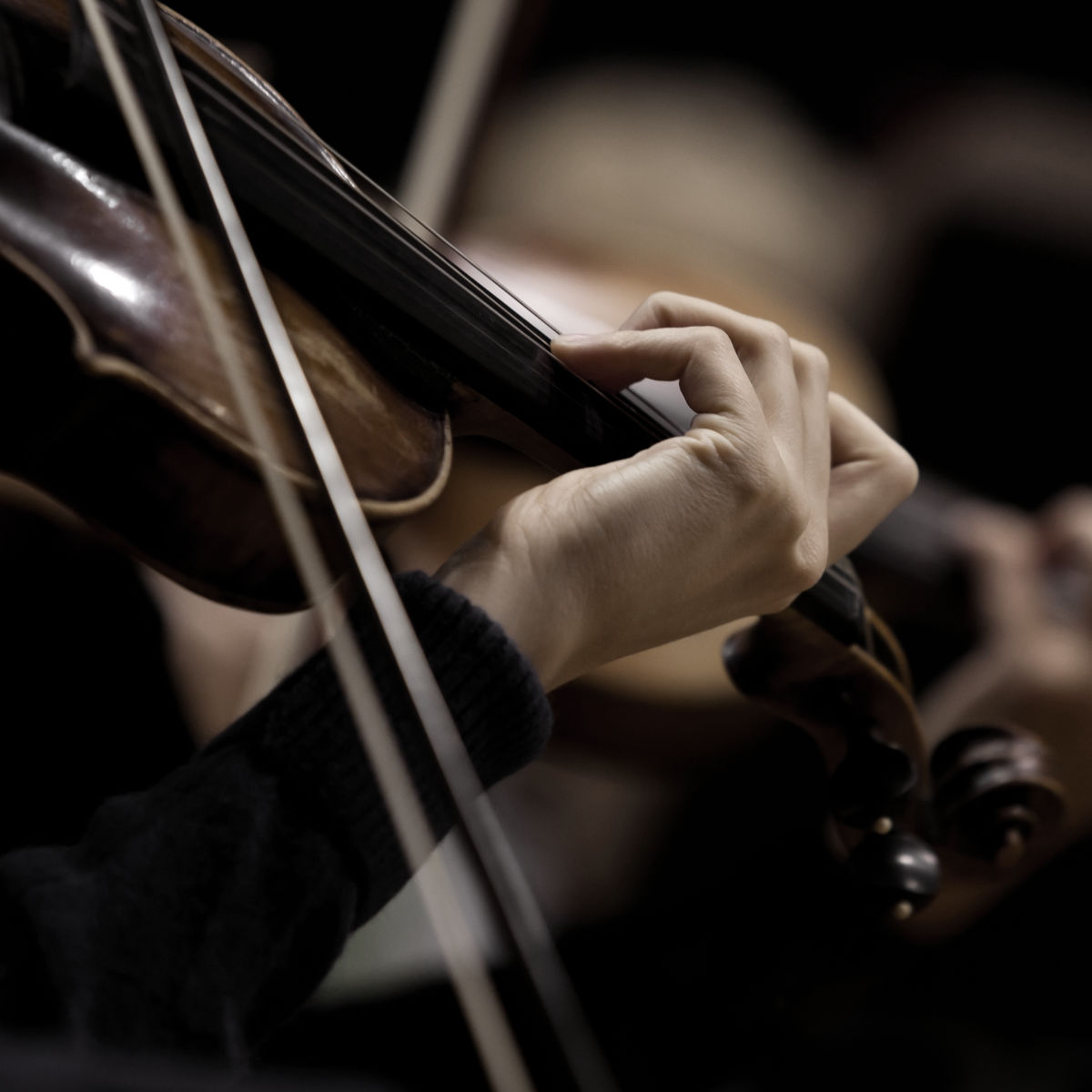Music label: GENUIN classics
Medium: Audio CD
Date: 2014
Three pieces of music that we love, the chance to record them all – and then it dawned on us that all three pieces have to do with the theme of “night” in some way.

Music label: GENUIN classics
Medium: Audio CD
Date: 2014
Three pieces of music that we love, the chance to record them all – and then it dawned on us that all three pieces have to do with the theme of “night” in some way.
Stephen Hartke (1952)
The King of the Sun (1988)
Tableaux for Violin, Viola, Cello, and Piano
Astor Piazzolla (1921 – 1992)
Tango Diablo
Vayamos al Diablo
Romance del Diablo
Arrangement: Konstantinos Raptis
Bajan: Elsbeth Moser
Johannes Brahms (1833 – 1897)
Piano Quartet No. 3 in C-minor, Op. 60
We fell in love with Stephen Hartke’s “King of the Sun” the first time we heard it. It was great fun to study the piece and find out more about this music. The individual movements are titled after paintings by Joan Miró, and the musical material comes from the late medieval canon “Le ray au soleyl”. Looking at Miró’s paintings and listening to the canon helped us enormously to capture the many different characters and moods. Hartke puts it this way:
“Miró’s painting is both whimsical and serious, and I have tried to achieve the same in my music.”
The surreal variety of colours and styles, ranging from Gregorian to jazz, is something we enjoyed very much in these pieces. The title of our CD refers to the last movement of the work: “Men and birds, rejoicing at nightfall”. The entire composition fits this theme perfectly because, to speak again with Stephen Hartke, “most of the movements play – oddly enough for a piece called ‘The King of the Sun’ – indoors or at night.”
Astor Piazzolla’s Devil’s Pieces were written at the end of the 1950s. Piazzolla was still very young when he started playing the bandoneon and got to know the tango. Then, at only 28, he decided to give up tango music and the bandoneon altogether and concentrate instead on classical music, jazz and on composing. In 1954 he was given the opportunity to study in France with Nadia Boulanger. There, he initially downplayed his musical past, but when he finally performed one of his tangos, Boulanger told him:
“Astor, your classical pieces are well written, but this is the real Piazzolla – never leave it behind.”
After this experience, he developed a unique musical style that combines classical music with tango; these three devilish pieces are a great example. The music is perhaps best imagined in dark tango clubs; in fact, however, it was performed in large concert halls (e.g. in 1965 at the Philharmonic Hall New York). The three devil pieces (another subtle reference to our theme) are a precious addition to our repertoire. With Elsbeth Moser we had a wonderful time searching for the right groove – and for the devil in us.

